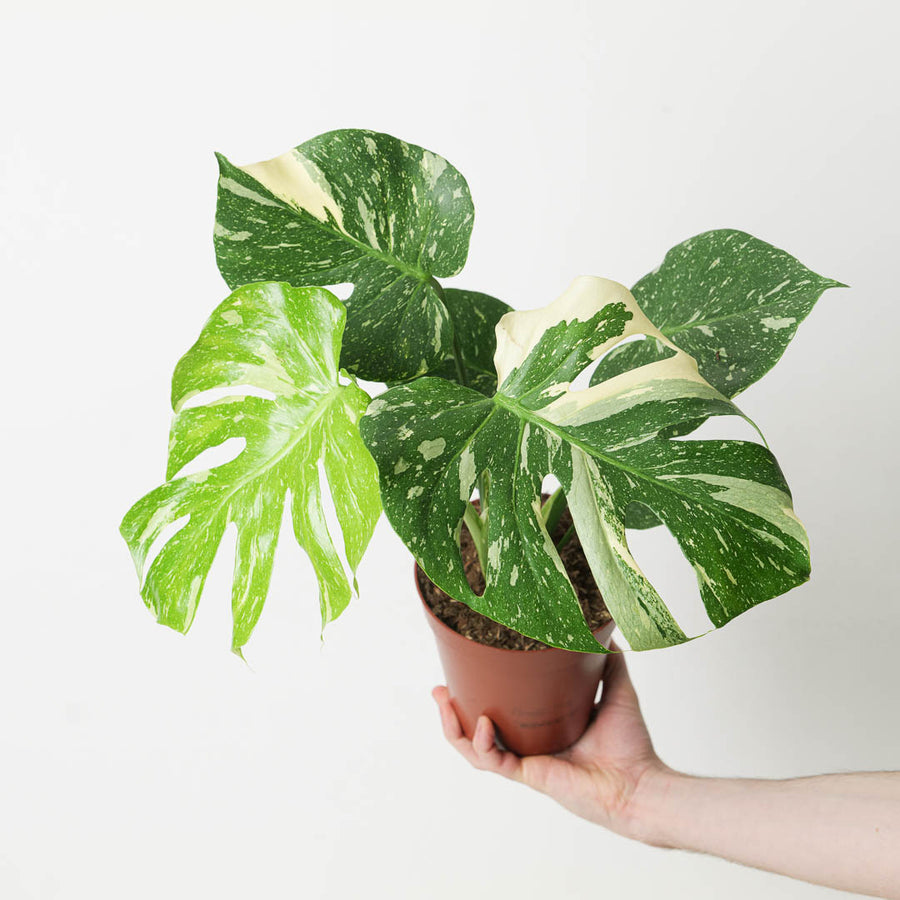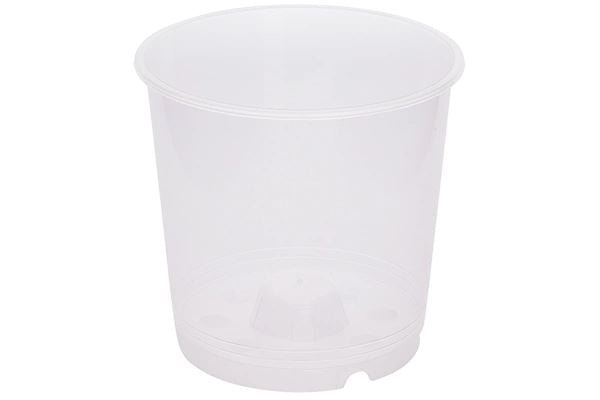Iresine
The Ultimate Guide to Caring for Iresine Houseplants
Iresine, also known as Blood Leaf, is a strikingly colourful houseplant belonging to the Amaranthaceae family. Native to tropical and subtropical regions of Central and South America, Iresine is loved for its vibrant foliage that ranges from deep red to bright pink and purple hues.
These plants bring a pop of colour to indoor spaces and are relatively easy to care for with the right conditions. If you own an Iresine but not quite sure how to care for them, keep on reading!
What Lighting Do Iresine Prefer?
Iresine thrive in bright, indirect light but can also handle some direct sunlight exposure. However, too much harsh sun can scorch their delicate leaves. If your Iresine is losing its vibrant colour, it may not be getting enough light. We recommend moving it closer to a window or supplementing light with grow lights.
💡Rotate your Blood leaf plant every few weeks to ensure even growth and prevent legginess.

How Often Should I Water My Iresine?
Iresine enjoys consistently moist soil, but they don’t like to sit in waterlogged conditions. Water your plant when the top inch of soil feels dry, and allow the soil to thoroughly drain out. With their fine leaves, repeated overwatering can quickly lead to root rot. On the other hand, underwatering may cause leaves to wilt and drop.
Our Top Watering Tips:
-
Use room-temperature water to avoid shocking the roots.
-
Ensure your pot has good drainage to prevent excess moisture buildup.
-
Try using a tap water de-chlorinator to prevent mineral build up
When Should I Repot My Iresine?
Blood Leaf plants are fast growers and may need repotting every year or two. If roots growing out of the drainage holes, the soil dries out too quickly, or growth has slowed down, it might be time for a repot.
When repotting Blood Leaf Plants, we always recommend choosing a pot that is 1-2 inches larger in diameter than the current one and refresh the soil to maintain nutrients.
For Iresine, use a peat-free, well-draining mix like our Simply Houseplant Mix. Made from a healthy mix of components, it provides the right balance of aeration and moisture retention. It’s also enriched with essential nutrients to support iresine’s fast growth and vibrant foliage for the first 6–8 weeks after repotting.
.

Iresine Propagation
Iresine are quite easy to propagate through stem cuttings and can make a fun activity for children over the summer months. Here's how we do it at the GT HQ:
-
Take a 4-6 inch cutting just below a node.
-
Remove the lower leaves and place the cutting in water, moss or moist soil.
-
Keep it in a warm, bright location with high humidity.
-
Roots should develop within 2-4 weeks, after which you can transfer the cutting to a pot.
Common issues when growing Iresine
Even with the best care, Bloodleaf plants, can sometimes experience problems. Understanding these issues early on will help you keep your plant healthy and vibrant.
Wilting or Drooping Leaves
-
Cause: Underwatering, low humidity, or extreme temperatures.
-
Solution: Check the soil moisture by inserting your finger about an inch deep—if dry, it’s time to water. Ensure your home maintains a humidity level of at least 50% to prevent dehydration. Mist the leaves occasionally or use a pebble tray with water to increase humidity.
Leaf Browning or Crispy Edges
-
Cause: Too much direct sunlight, low humidity, or salt buildup in the soil.
-
Solution: Move your Iresine to a location with bright, indirect light to avoid leaf scorch. If the air is dry, mist the plant or use a humidifier. Occasionally, flush the soil with water to remove excess mineral buildup from tap water or fertilisers.
Leggy Growth (Sparse, Stretching Stems)
-
Cause: Insufficient light or lack of pruning.
-
Solution: If your Bloodleaf plant looks tall and spindly, it’s likely not getting enough light. Move it closer to a bright window or supplement with a grow light. Regularly pinch back the tips of the stems to encourage a fuller, bushier plant.
Yellowing Leaves
-
Cause: Overwatering, poor drainage, or lack of nutrients.
-
Solution: Let the top inch of soil dry out before watering again. Make sure your pot has drainage holes, and avoid letting the plant sit in standing water. If the yellowing persists, fertilise with a balanced liquid fertiliser diluted to half-strength every 4-6 weeks.
Faded or Dull Leaf Colour
-
Cause: Low light or nutrient deficiencies.
-
Solution: If your Iresine’s normally vivid red, purple, or pink leaves are fading, increase its light exposure. A few hours of morning sun or a grow light can help maintain its vibrant hues. Feeding with a nitrogen-rich fertiliser can also enhance leaf colour.
Pests
-
Cause: Dry indoor air or infested plants nearby.
-
Solution: Regularly check the undersides of leaves for pests. If you spot any, wash the leaves with insecticidal soap or neem oil. Keeping humidity high can also prevent spider mites from thriving.
Root Rot
-
Cause: Overwatering and poor drainage.
-
Solution: If the roots appear black and mushy, trim off the affected parts and repot your plant in fresh, well-draining soil. Reduce watering and ensure proper airflow around the roots.
💡 Iresine plants are resilient, but they respond best to consistent care. Keep an eye on their foliage for early signs of stress, and adjust watering, lighting, or humidity as needed!
Need More Help with Your Iresine & Houseplants?
If you have any specific questions or need further assistance with your Iresine, feel free to reach out to us via email at hello@growtropicals.com. Our plant experts are always here to help.





